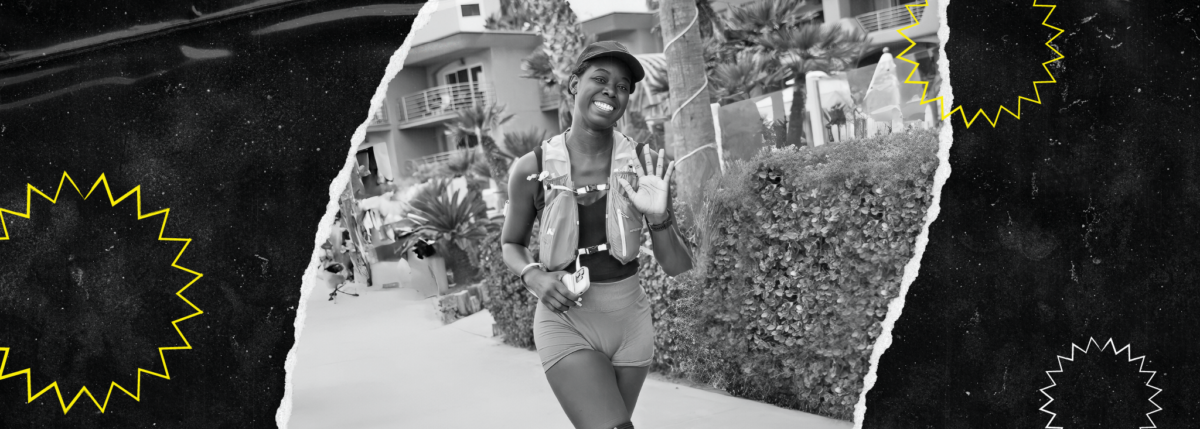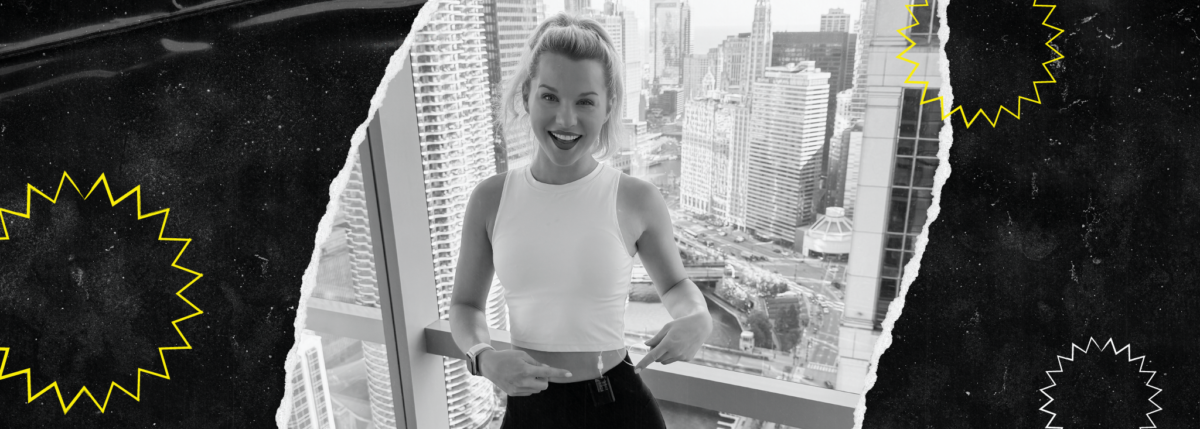Banting—The Man, the Myth, the Legend
Written by: Forester McClatchey
4 minute read
November 7, 2017
Frederick Grant Banting of Alliston, Ontario did a lot of things. He failed out of University, nearly became a farmer, got married twice and tried to be a painter. I can’t remember what else. Oh, that’s right. Saved the lives of millions of people with type 1 diabetes.
Banting was born in an Alliston farmhouse in 1891. Alliston was a tiny place: just a few months before Banting’s birth, it had acquired its first railroad and had been upgraded from “village” to “town.” Then a fire burned down 30 of its precious acres.
By all accounts, though, his childhood was happy. Most evenings, after dinner and chores, Banting’s father would read aloud from popular novels. Banting remembered, “If the hero of a romance was good or to be pitied his [father’s] eyes would fill up with tears until he could not see.” Often his mother Margaret would have to take the book from her husband’s hands if she wanted to hear how the tale ended.
One anecdote from Michael Bliss’s biography of Banting suggests the young Canadian’s predisposition toward empirical inquiry. His older brothers had told him that a bear lurked under his bed—a genuinely frightening prospect in rural Ontario—but one night, young Frederick swallowed his fear and reached into the dark space between bed and floor.
He felt nothing, and later recalled, “I finally crawled under the bed and felt all around. The next time I heard of bears being under beds I proudly denounced the idea.” It would not be the last time he heard of a problem and sought out evidence.
Banting didn’t leave Alliston until 1910, when he matriculated at Victoria University, uncertain of what he wanted to study. Toronto dazzled and intimidated him, and he failed his first year. He managed to reenter Victoria University in 1912, and decided to study medicine.
While he was at school, the Great War began. Banting wanted to join the Canadian Army, but he was rejected in 1914 on account of his poor eyesight. He had more success in 1915, and eventually found his way to Europe as an army doctor. While serving in northern France, he was wounded at the Battle of Cambrai (1918). Shrapnel had severed an artery in his right arm, and he was bleeding heavily. Despite this discomfort, Banting stayed on the battlefield and tended to the more severely wounded “until another doctor told him to stop.” By that point he’d been working for 16 hours.
After the war, Banting returned to Canada. He tried to set up a medical practice in London, Ontario, but it performed poorly. “My first patient wanted a liquor prescription,” wrote Banting later. “He was an honest soldier who had friends visiting him and he wanted to give them a drink. I gave him the prescription and considered myself rather highly trained for the bar-keeping business.” While he waited for patients, Banting filled the hours by taking up painting in oils.
He took on several odd jobs in order to pay his bills. It was a trying time, but as the London Gazette had written of Banting, “His energy and pluck were of a very high order.”
One of Banting’s odd jobs involved giving lectures to local medical students. While preparing for one such lecture (on carbohydrate metabolism), Banting read an article in the November 1920 issue of Surgery, Gynaecology and Obstetrics called “The Relation of the Islets of Langerhans to Diabetes with Special Reference to Cases of Pancreatic Lithiasis.” He couldn’t get to sleep after he read it.
At 2 a.m., he got out of bed and scribbled something in his notebook about “try[ing] to isolate the internal secretion” of the pancreatic ducts of dogs. (Diabetes.ca) This notion grew into obsession, and Banting convinced Professor J.J.R. Macleod of the University of Toronto to let him use some experimental facilities. Macleod also lent Banting an assistant, a man named Charles Best.
With the help of Macleod, Best and a chemist named James Collip, Banting arrived at his eureka moment in 1922, when he injected dog insulin into a human patient. The procedure worked, and suddenly type 1 diabetes was no longer a death sentence.
The medical community knew what a big deal this was, and Frederick Banting became famous. In 1922, he was awarded an important position at the University of Toronto, and in 1923, Macleod and Banting jointly won the Nobel Prize for Physiology or Medicine. To round things out, he received a knighthood from King George V in 1934.
After his breakthrough diabetes research, Banting began to research treatments for cancer and lung disease. Then he grew fascinated with the problems faced by air-force pilots during combat—they would accelerate so quickly that the g-force would knock them unconscious (technically, this is called “syncope”). Banting helped research and design “G-suits” to solve this problem.
Don’t forget: Banting was also a painter. Back in the 20s he’d fallen in with the Algonquin School of landscape painters, known for their dramatic Canadian vistas and their thick application of paint. They brought Banting along with them on their sketching trips, and out in the Canadian hinterlands, the man from Alliston threw himself into painting with the same discipline and curiosity that made him a great scientist. You can view some of his work here.
Banting’s talent was open to question, but his enjoyment of painting as an act was not: “After a day’s sketching one eats, sleeps and feels satisfied—even if the sketches are poor.” He didn’t seem to have any grandiose ambitions as an artist. He just liked painting, and intended to dedicate his life to the brush once he turned 50.
In February 1941, Banting was on his way to England, where he intended to conduct tests on a new G-suit. He boarded a small passenger plane in Newfoundland that never made it off the island. Both of its engines failed, and it crashed in Musgrave Harbour. Most passengers died on impact, and according to the sole survivor (Captain Joseph Mackey), Frederick Grant Banting succumbed to his wounds the next day. He was 49.

Author
Forester McClatchey
Forester McClatchey is a writer from Atlanta, GA, and a recent graduate of the MFA Program at the University of Florida. You can find his poetry at http://www.forestermcclatchey.com/ and hear his music at https://qcurius.com.
Related Resources

Danica Collins not only prepared for one of the most challenging physical events of her...
Read more

Beyond Type 1 is spotlighting inspiring athletes with type 1 diabetes as they prepare for...
Read more

On November 3, 2024, Taylor Rindfleisch of Chicago laced up her running shoes for the...
Read more

